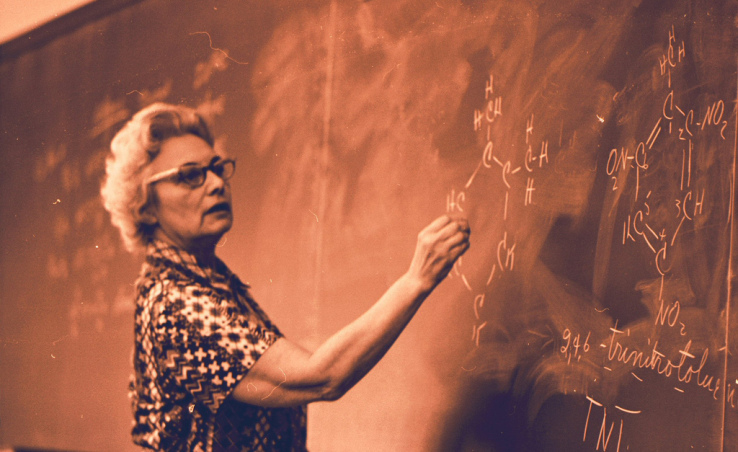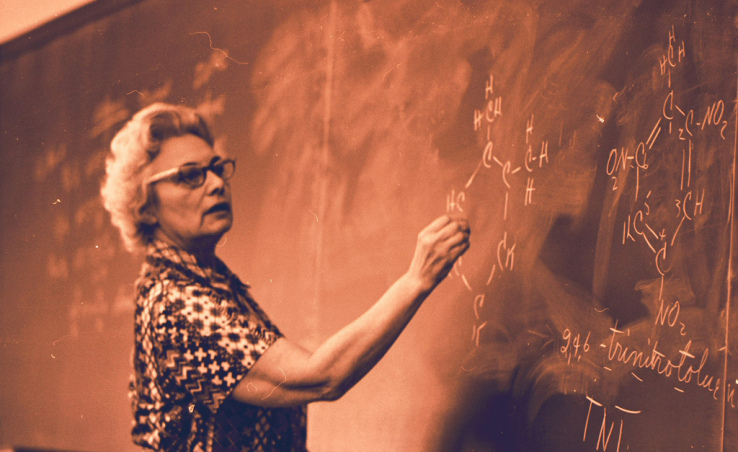
With traditional university programs getting more expensive and competitive, we’re seeing a boom in the number of alternative programs that are taking advantage of the internet and more flexible teaching and learning formats to fill the gap in the market.
The latest development comes from Coursera. Today, the online education startup with 31 million students and some 2,700 courses is adding six new full degrees — including its first bachelors’ degree — in partnership with five top universities.
The participating schools and their respective degrees are Arizona State University offering a Master of Computer Science; Imperial College London offering a Global Master of Public Health; University of Illinois at Urbana-Champaign offering a Master of Computer Science; and both a Master of Applied Data Science and a Master of Public Health from the University of Michigan. University of London’s offer of a Bachelor of Science in Computer Science, meanwhile, represents Coursera’s first move into undergraduate degrees.
And from what we understand, there is a sixth university — an Ivy League school — that will also be announcing one more course as part of the mix at a separate date.
Set to launch between the end of this year and 2019, Coursera’s hope is to attract people both through the flexibility of the format, and the price: the courses will be a fraction of the cost of attending those universities in person for the same courses.
Prospective students apply through Coursera, which is also where they log in to take courses. The courses themselves work as others do on the platform: taught by the same professors, they have been adapted specifically for online learning, using studios to re-record the lessons in a format that works better on the screen than it would in a classroom.
Applications for the degree programs get assessed by the universities themselves, and the accreditation comes directly from them, too — no indication of where or how you attained your Master of Public Health degree.
Pricing will vary depending on the course, but ranges from $15,000 to $22,000, with the option of stopping at any point and collecting certificates for completed sections if you chose to stop or pause the full degree.
As a point of comparison, many of these full-time courses would typically cost around $80,000 if you enrolled in the more traditional, physical option, before you factor in living expenses, Jeff Maggioncalda, Coursera’s CEO, said in an interview.
For that reason, it’s a move by universities in response not just to physical constraints, but economics.
“Universities realise that there are more people who want a high quality degree than can be served on campus, and that their mission is to open more of their degrees to more people in the world,” he said.
Coursera, of course, will also get a lift as a result. Maggioncalda didn’t specify what kind of cut Coursera will get out of these degrees, but it will be a significantly larger amount of revenue per user than its normal courses. He said that typically online program management providers (there are many) keep around 80 percent of the revenues, but because Coursera’s technology to ingest and deliver the courses is better, its cut is “dramatically lower.”
Coursera — co-founded by Stanford professors Andrew Ng and Daphne Koller — made its name originally by offering single courses from colleges and universities. But in more recent times the company has expanded its offerings (and revenue funnel). It now works both in partnership with private organizations for vocational training (such as in this deal with Google), and with universities for full degrees.
So far, the degree program has been fairly limited. In fact, Coursera has only worked with one university to date, the University of Illinois-Urbana Champaign, which offers three degrees on Coursera covering a master of computer science, a master of science in accountancy, and an MBA. The first class to graduate has been an MBA cohort, in December 2017, with what Maggioncalda said was a 90 percent retention rate.
Maggioncalda believes that this strong result, combined with the collaborations with this latest group of universities, will help spur more cooperation with more institutions.
“Universities were waiting to see, ‘Can you deliver the learning experience that my university stands for?’ They were watching our early degrees and they have been going really well. We think we’ve found a breakthrough in the learning experience,” he said.
Although the costs are dramatically lower for these courses, and there is a lot more flexibility for them, there remains a question of whether people will be willing to pay such high fees for degrees if they are not getting the physical experience included.
“I’m sure that some people do hesitate because that is still a good chunk of money,” said Maggioncalda. He said that the online courses, and in particular the masters programs, have the advantage of often being supported by students’ existing employers as part of accredited further study programs for professional enrichment, which is already a large funnel for Coursera and its student body and works out to $30 billion in tuition payments annually in the US. “In the US, many companies have tuition reimbursement. If you take accredited courses, they will offer up to $5,000 per year.”
Coursera does not disclose its revenues, but it has raised $210 million in funding to date, and its long term plan is not to raise more unless it decides to embark on a growth push ahead of an IPO, Maggioncalda said.
“We don’t have plans for doing another financing ever, other than maybe an IPO, unless we want to grow rapidly,” he said. The company is on the road to being cash-flow positive and profitable, he added.
That said, there are no timelines yet for going public. “It’s too early to say but what I have learned is that you really don’t want to become a public company until you reach a certain level of size because it is costly to go public. You also need a highly predictable business model where you know every quarter what your revenues and cost will be.
“We are still experimenting and seeing what will work. But we are getting closer.”
Featured Image: starmanseries/Flickr UNDER A CC BY 2.0 LICENSE


